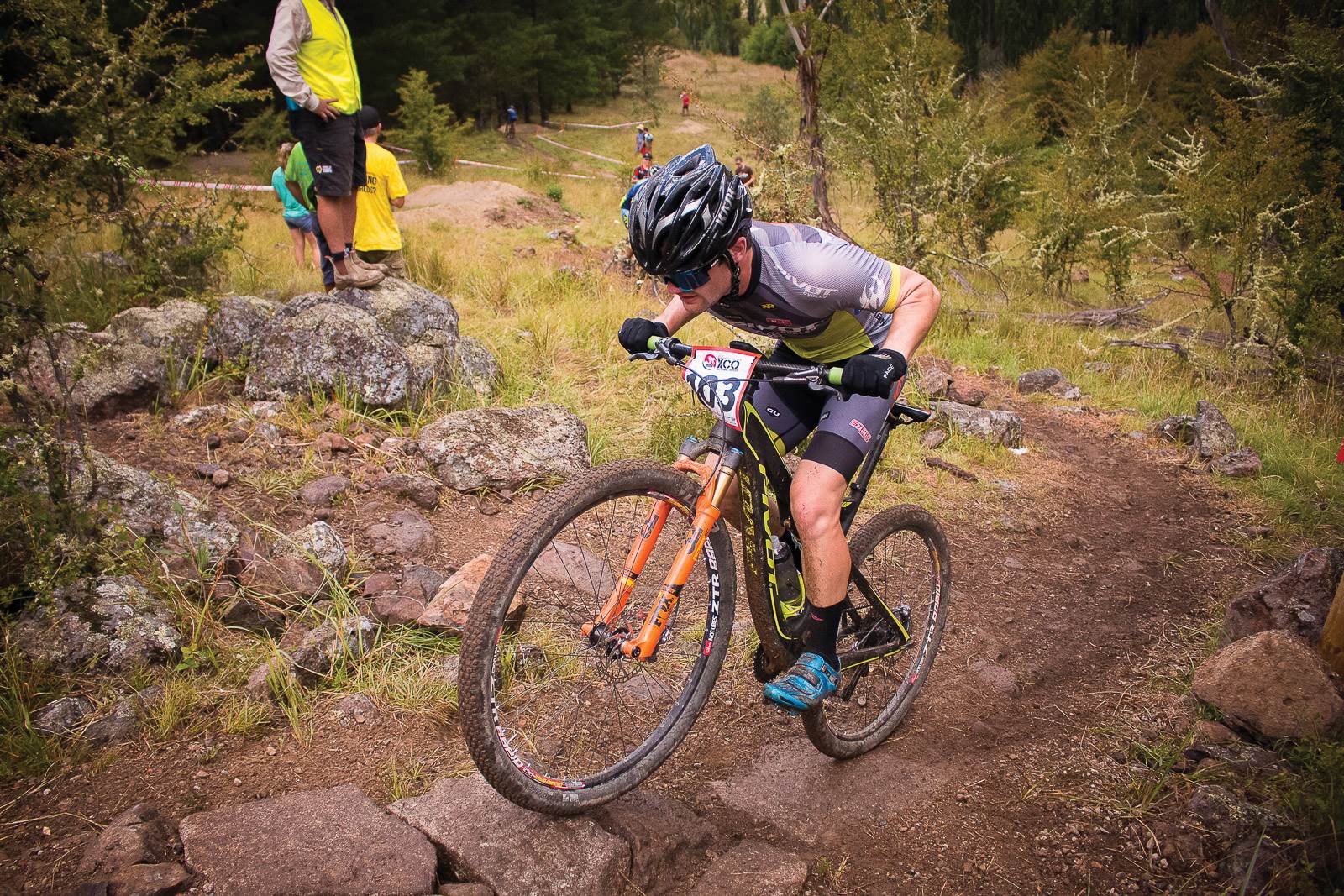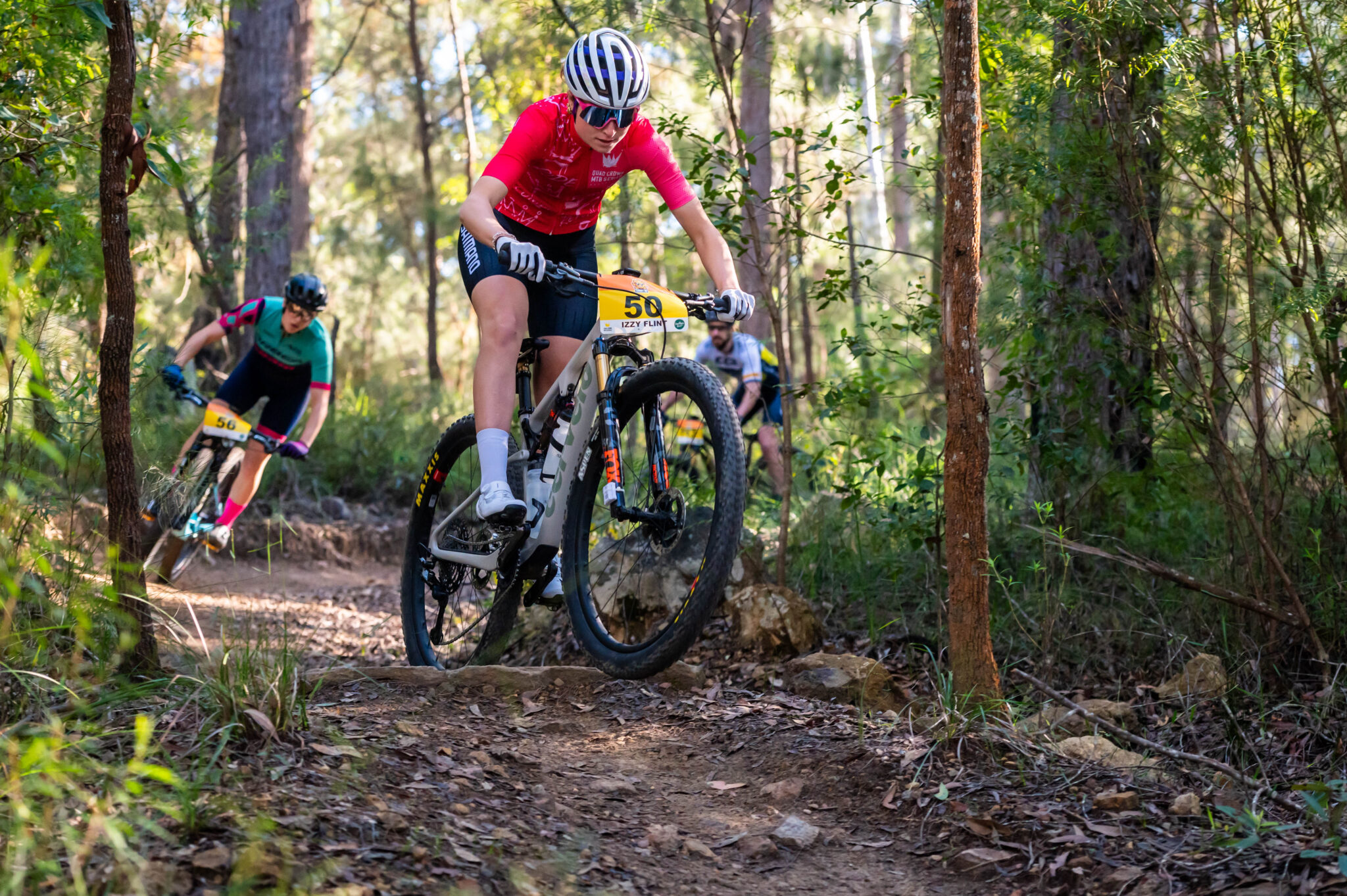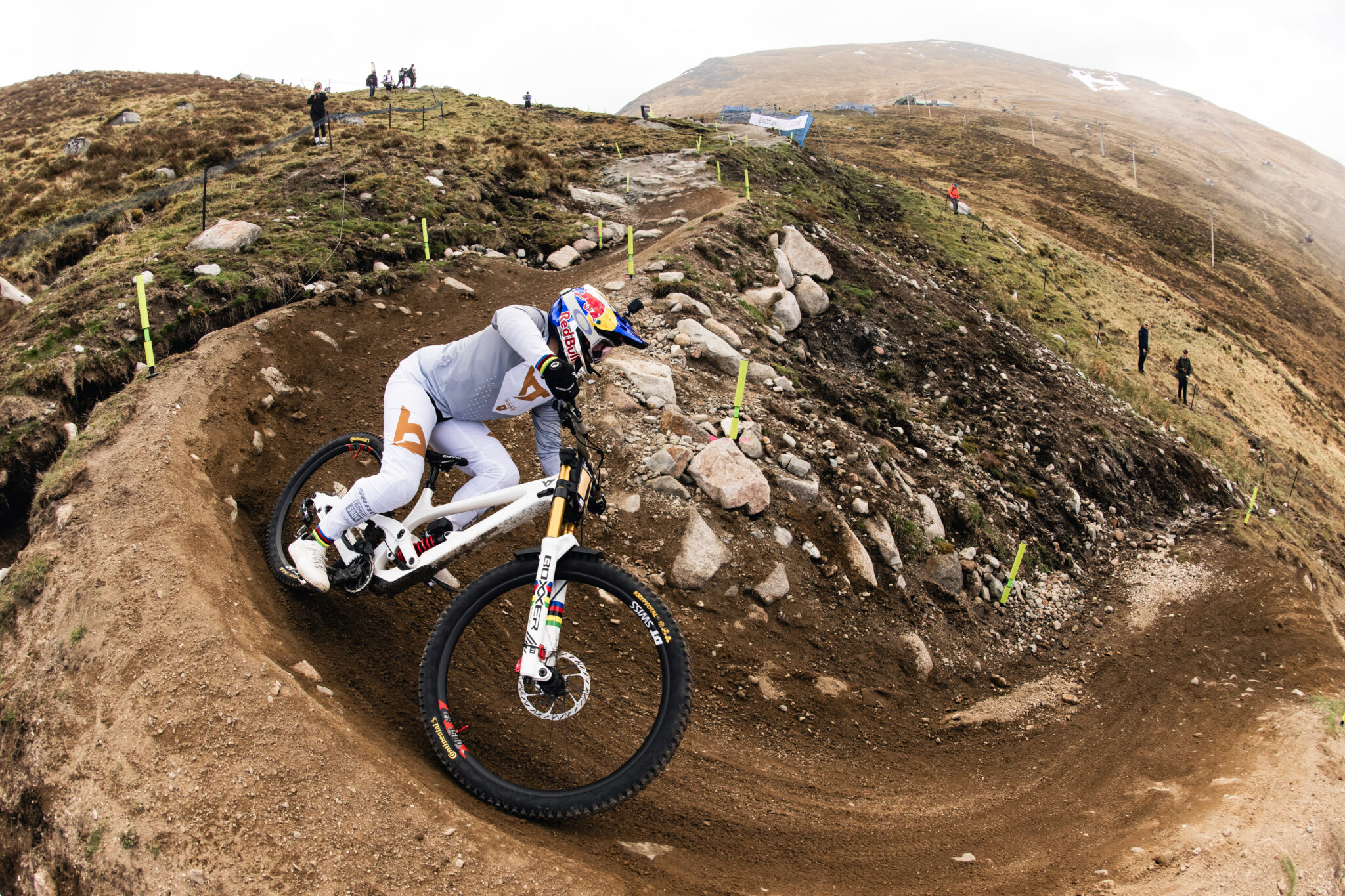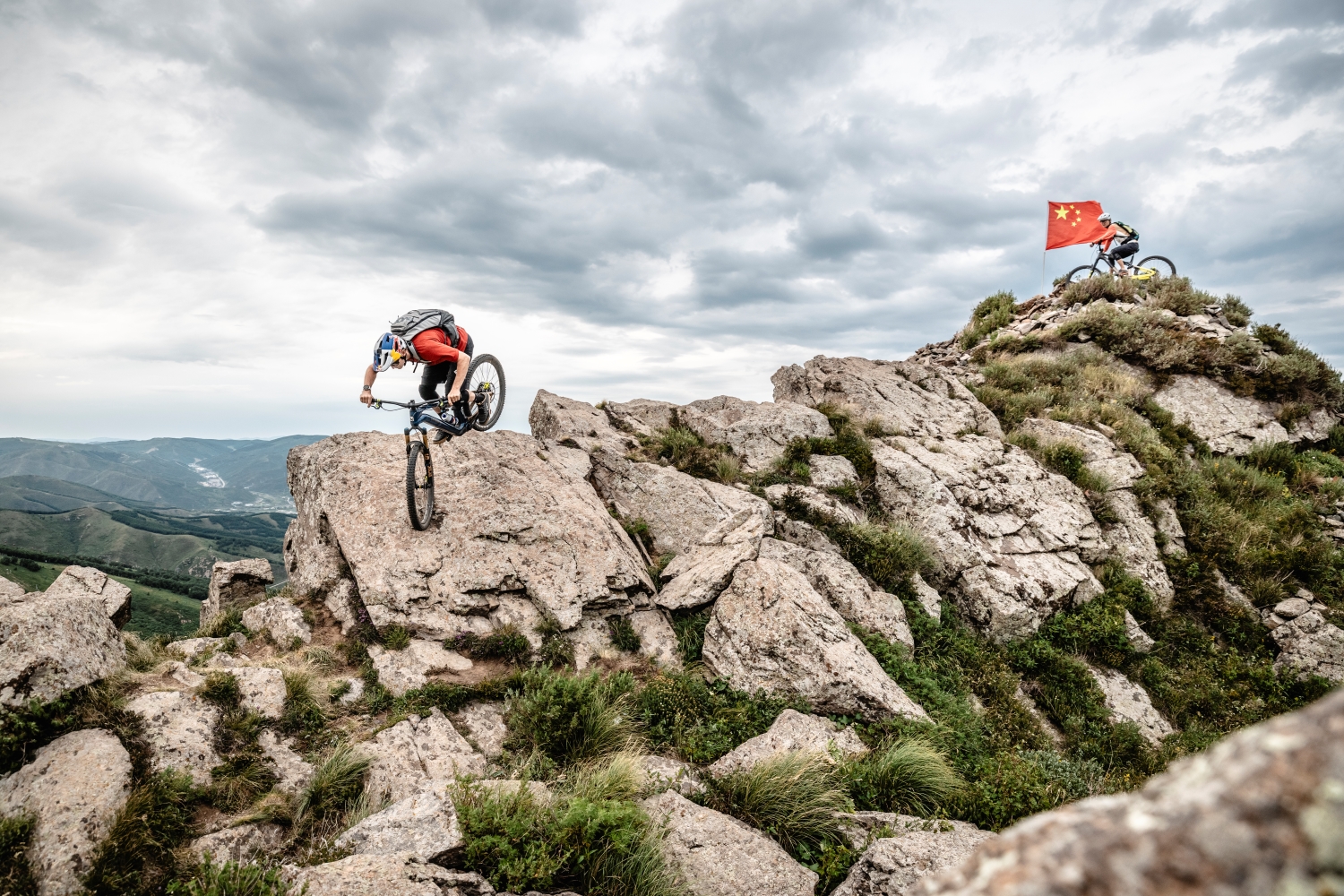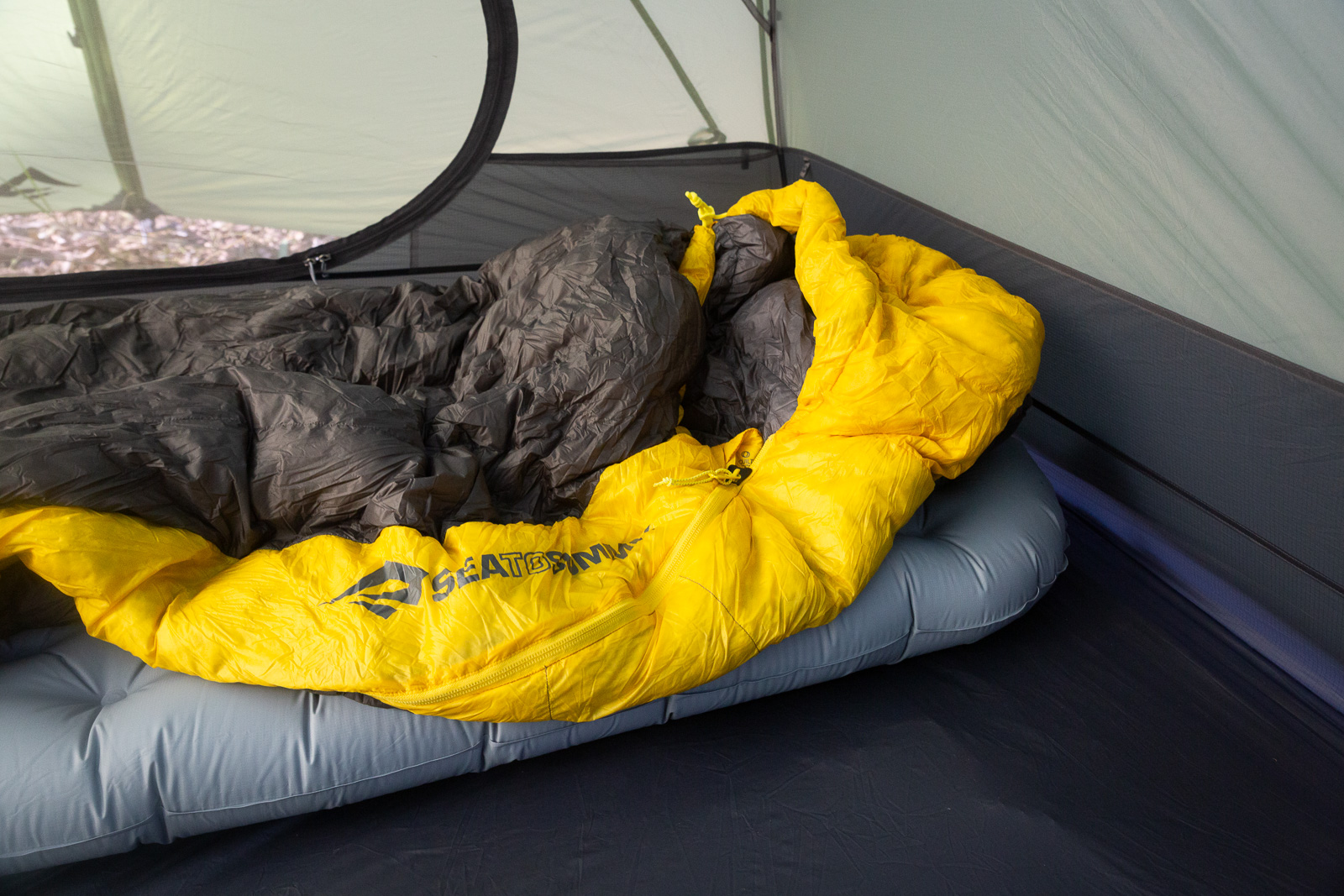FITNESS: Identifying and training for the demands of your event
Each event will place quite different demands on the body and it is therefore important to make sure your training is specific to the demands of the races/s you are aiming for.
No doubt, you will have a range of training options to choose from – fast bunch rides on flat terrain, longer bunch rides in the hills, weekly criterium races, mtb epics with your mates etc. It can be very confusing to decipher which of these options are going to be of most benefit for your preparation leading into your goal event.
IDENTIFY THE KEY COMPONENTS OF YOUR EVENT
Before deciding on which training sessions to include in your weekly schedule, I would highly recommend taking the time to thoroughly analyse the event you are training for. Some of the more obvious components to identify include:
– Expected race duration, measured by
time and/or distance.
– Expected intensity, measured by average heart rate and/or norm power.
– Variability of intensity throughout the race. Does the course include lots of short climbs and sections of twisty single track requiring constant changes of intensity, or does the course have longer more sustained sections?
– Are there any major climbs on the course? If so, what are their length, average gradient and how far into the race are such climbs situated?
By making a list of the course characteristics you will be able to determine the expected physiological demands and train accordingly.
Other, less obvious physiological demands will require more detailed data analysis. Training software systems such as Training peaks and Today’s plan have made it far easier to analyse ride data and therefore allow for more scientific training program development. Ideally, it is best if you have data from your own race-pace effort over the course you are preparing for. If not, you may be able to gain access to race files from a fellow competitor.
Across, I have described a couple of the key Graphs that Training Peaks software uses to help identify specific course demands.

DISTRIBUTION CHARTS
Most Training Software programs will generate distribution charts for power, heart rate and cadence. Such charts show how much time you spent riding at certain training intensities and cadence ranges.
The power distribution chart shown below is from a rider’s training session which involved 40min worth of threshold hill climbing. The tallest column (0-20w) basically represents coast time (not pedalling). The next tallest column is within the 240-260w range. This athlete’s Threshold power is 250w, so the graph tell me that the rider did a good job of sticking to threshold power during the 40min of climbing intervals.
If you are able to pre-ride a race course, or gain access to someone else’s data, this can be very beneficial to calculating the percentages of time you will be required to ride at certain intensity levels and cadence ranges by analysing the distribution charts. Training sessions can then be designed around this information. For example, if the power distribution chart shows that you spent a high proportion of time around threshold, then it makes sense to include threshold-based interval training sessions. If however, the chart shows that you spent fairly equal time in sub-threshold zones through to higher power zones, this is a fair indication that you need to train your anaerobic system more by including shorter, high-powered intervals.
QUADRANT ANALYSIS
This Quadrant Analysis graph is a great one to help make sure that you are training on the right sort of terrain for your goal event. If the race you are training for includes mainly climbs that are steep in gradient, then it makes sense to train on steep hills rather than more gradual ones.
The graph shows how you produced power during your ride by showing the relationship between circumferential pedal velocity (cadence) and average effective pedal force (power). Generally riders will gravitate toward the pedal cadence range that is most efficient for them. However, there are times when you will be forced to produce power within a certain pedal cadence range. For example – high power at low cadence is generally required to get up steep climbs.
The below Quadrant graph is from a 1-lap race simulation effort on the Bright National’s course from a few years ago:

The 4 Quadrants represent:
Quadrant 1 (Upper Right) = High Velocity, High Force
Quadrant 2 (Bottom Right) = High Velocity, Low Force
Quadrant 3 (Bottom Left) = Low Velocity, Low Force
Quadrant 4 (Upper Left) = Low Velocity, High Force
The Yellow Line represents: Functional Threshold Power
The graph gives a fairly typical representation of a mountain bike race. The highest percentage of pedalling time (31.7%) was spent in Quadrant 4 (upper left), therefore showing that much of this race simulation effort was spent producing high force at low velocity. Generally, off-road racing will require a significant amount of high force, low velocity pedalling due to the many hill climbs and also many low-speed accelerations when pedalling out of corners.
However, courses can differ quite dramatically. For example, a quadrant analysis graph of the National XCO Champs course in Armidale would look quite different to the graph from a stage of Cape to Cape. The Armidale course would require a greater percentage of low velocity, high force pedalling due to the hilly and more technical nature of the terrain, whereas the Cape to Cape course requires more high velocity, high force pedalling due to the more open nature of the terrain. Training for each of these events should therefore be quite different. If you are aiming for Csape to Cape, I would recommend including some high intensity road bunch rides and threshold based intervals along a mixture of fire-road and flowy trails where you can keep cadence high. If your main aim is for National XCO Champs, then training sessions should include more technical trails as well as short, steep climb intervals.
Words: Jenni King Photo: Mike Blewitt

